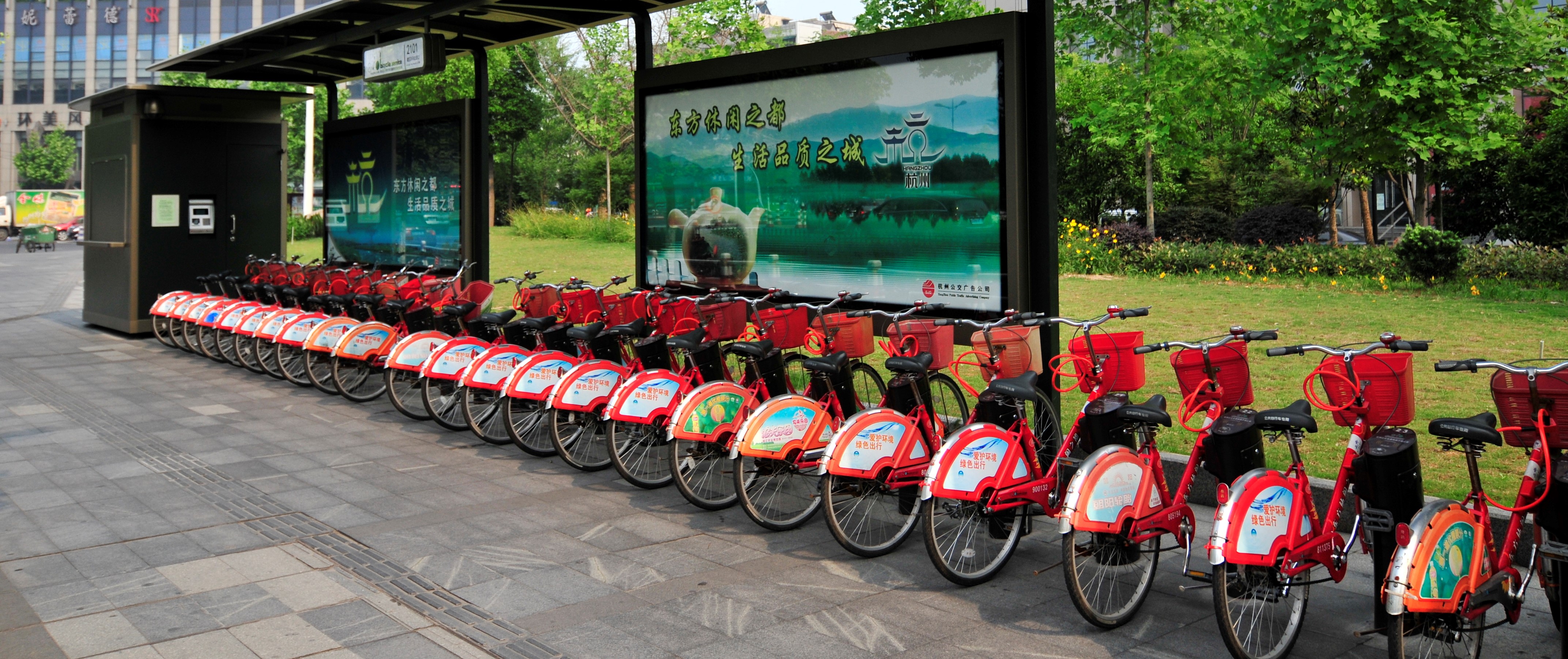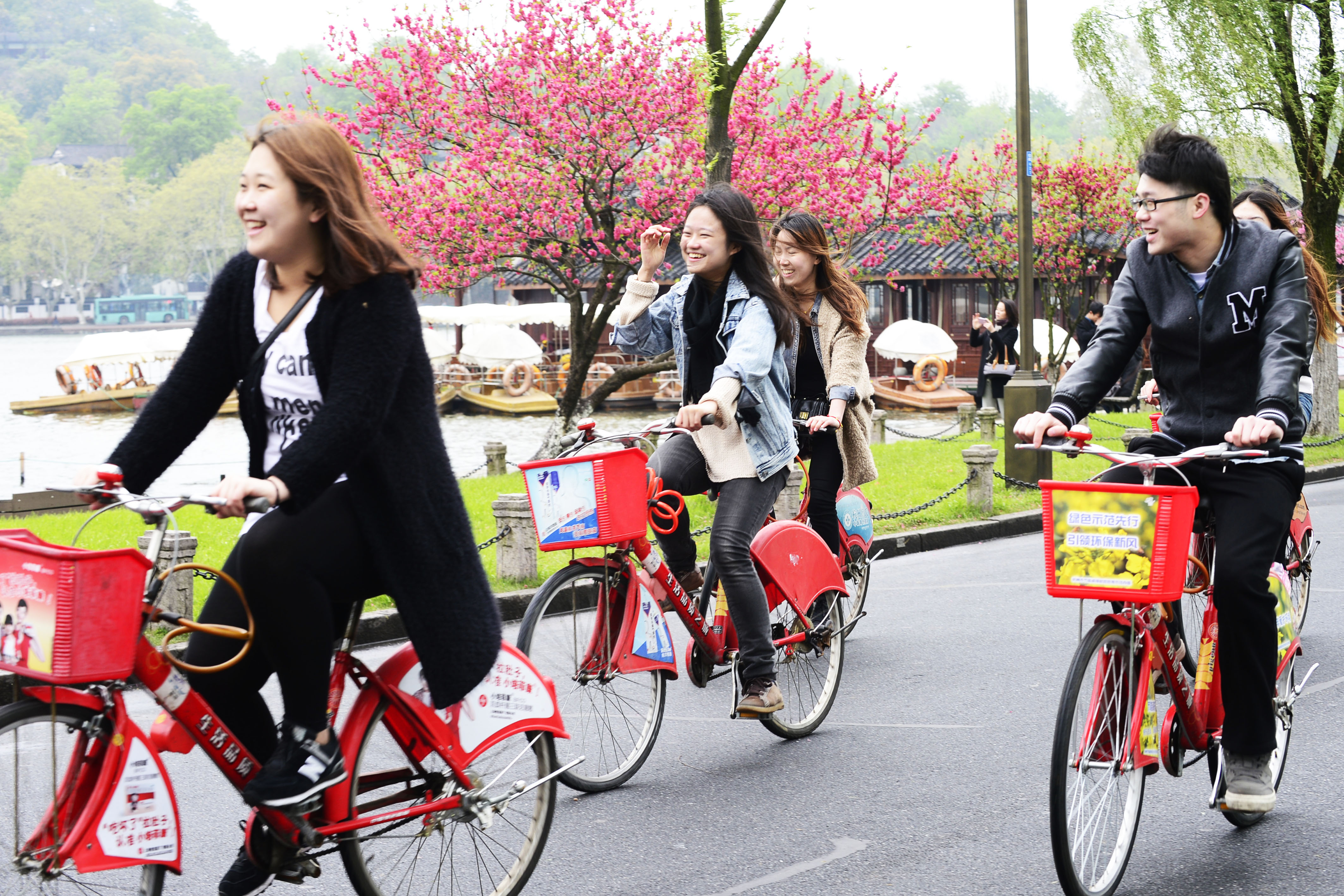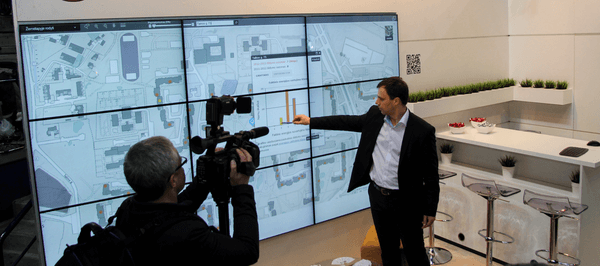City
Hangzhou
Main actors
City Government, Private Sector, Public Utility
Project area
Whole City/Administrative Region
Duration
Ongoing since 2006
With 80 percent of residents and commuters identifying a traffic problem in the city, Hangzhou launched China's first public bicycle project. Serving some 280,000 passengers daily, the system (free for the first hour) complements the city's extensive bus system.
Run by the newly-formed Hangzhou Public Bicycle Development Company, the Hangzhou Urban Public Bicycle Sharing Program represents a model of governmentled enterprise. Beyond fees on bike use (imposed after an hour of use), the company raises significant private funds through selling advertising space on the bike docking station kiosks. Hangzhou has the world's largest bike-sharing program that doesn't require government funding beyond initial capital.
A key feature is partnerships, especially with universities, to monitor trends and issues in the use of the bikes. Another feature is a management system designed to overcome the most frequent problems related to bike sharing systems: service points, getting bikes to where they are needed when they are needed, responsive hotline support, repairs and implementing users' recommendations for the continuous improvement of the system.
Guangzhou Award
This project was awarded the 'Guangzhou Award' in 2014.
External links / documents
On Map
The Map will be displayed after accepting cookie policy







